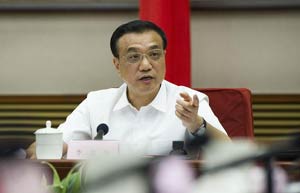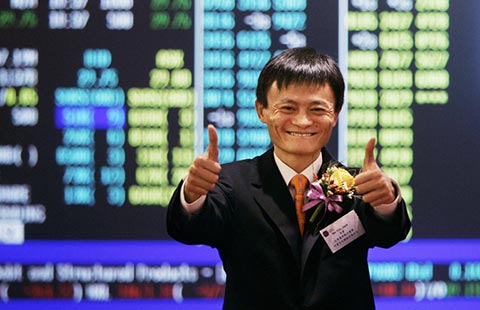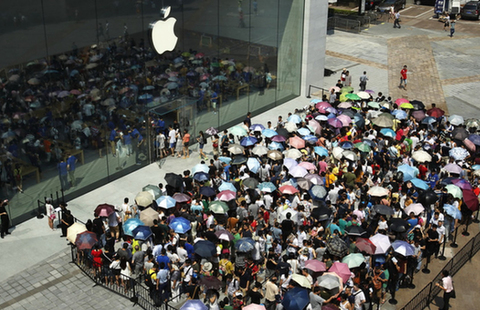China's economy heading in the right direction
By ANDREW MOODY (China Daily) Updated: 2014-07-28 20:37"These are drawn from the official China statistics and it is a trend that has been running for three to four years and still has further to run," he says.
Louis Kuijs, chief China economist at the Royal Bank of Scotland, also says it is difficult to make solid assessments on the 2014 data to date.
 |
He is prepared to give the government some credit with its policy responses and actions.
"I think government policies like exchange rate appreciation have shifted the terms of trade in favor of the nontradable sector, which tends to favor the domestically oriented services sector," he says.
This was one of the factors that led services to increase as a proportion of GDP from 44.6 percent in 2012 to 46.1 percent last year, while the secondary sector declined over the same period from 45.3 to 43.9 percent.
"Some of the change can simply be explained by relative price changes, however. There has been downward pressure on factory gate prices over this period, which affects manufacturing but not services. So what you might be seeing also in the statistics is the price impact on the data and not volume effects."
Yifan Hu, managing director, chief economist and head of research at Haitong International, the Shanghai-based securities firm, says rebalancing the economy is a long haul.
At the start of the decade, the government set itself the goal of doubling China's per capita income by 2020.
- Chengdu achieved 8.7% GDP growth
- China produces more cigarettes
- Subaru recalls vehicles in China
- Top 9 Chinese tycoons invited to govt headquarters
- McDonald's rejects all OSI meat, outlets suffer shortages
- Net profits of China's SOEs up 4.4%
- China's trade in services up 15% in first half
- Wearable toy designed to teach girls computer programming
















